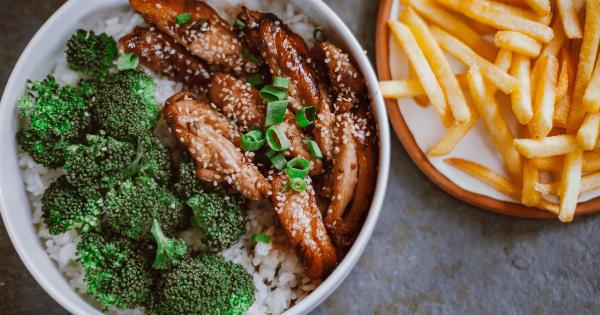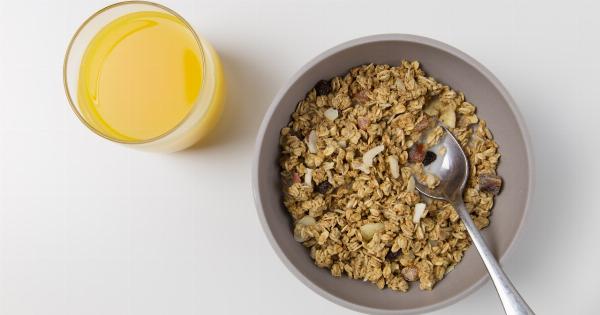A Cesarean section, commonly known as a C-section, is a surgical procedure done to deliver a baby. A C-section can be planned or done as an emergency measure if the mother or baby is in distress.
However, having a C-section also means that the recovery period will take longer than a vaginal birth. To ensure a smooth recovery, it’s important to maintain a healthy diet.
Why Is Diet Important after a C-Section?
After a C-section, your body needs extra nutrients to help heal the incision and repair internal tissue damage. Eating a healthy diet can also reduce the risk of complications such as infection and constipation.
On the other hand, some foods can do more harm than good and prolong your recovery. In this article, we’ll take a look at nine foods you should avoid after a C-section.
1. Fried Foods
Fried foods are high in trans fats, which can increase inflammation and slow down the healing process. They can also cause bloating and constipation, two conditions that can be particularly uncomfortable after a C-section.
Examples of fried foods to avoid include french fries, fried chicken, donuts, and fried fish.
2. Spicy Foods
Spicy foods can cause heartburn, indigestion, and other digestive issues, which can make the recovery process more challenging. Additionally, some spices can irritate the incision site and cause inflammation and discomfort.
Examples of spicy foods to avoid include hot sauce, chili, curry, and salsa.
3. Carbonated Beverages
Carbonated beverages can cause gas and bloating, which can be particularly uncomfortable after abdominal surgery. They can also interfere with hydration, which is crucial for proper healing.
Examples of carbonated beverages to avoid include soda, sparkling water, and energy drinks.
4. Processed Meats
Processed meats are loaded with sodium, preservatives, and other additives that can cause inflammation and other health problems. They can also be difficult to digest, which can exacerbate digestive issues after a C-section.
Examples of processed meats to avoid include bacon, sausages, hot dogs, and deli meats.
5. High-Fat Dairy Products
High-fat dairy products such as whole milk, cheese, and cream can be difficult to digest and can cause gastrointestinal distress. They can also be high in saturated fats, which can increase inflammation and slow down the healing process.
Examples of high-fat dairy products to avoid include whole milk, butter, cheese, and ice cream.
6. Caffeine
Caffeine can interfere with sleep, which is crucial for proper healing. It can also increase heart rate and blood pressure, which can be particularly risky for those who had a complicated C-section.
Additionally, caffeine can act as a diuretic, causing dehydration and slowing down the healing process. Examples of caffeine to avoid include coffee, tea, energy drinks, and chocolate.
7. Alcohol
Alcohol can interfere with wound healing and can also increase the risk of infection. Additionally, alcohol can cause dehydration and can interfere with sleep and pain management. Examples of alcohol to avoid include beer, wine, and liquor.
8. High-Fiber Foods
High-fiber foods can be difficult to digest and can cause gas and bloating. They can also interfere with medication absorption, which can be particularly problematic for those taking pain medication.
Examples of high-fiber foods to avoid include beans, lentils, broccoli, and brussels sprouts.
9. Excessive Sugary Foods
Excessive sugary foods, particularly those containing refined sugars, can cause inflammation and a spike in blood sugar levels. They can also increase the risk of infection and slow down the healing process.
Examples of sugary foods to avoid include candy, soda, pastries, and desserts.
Final Thoughts
After a C-section, it’s important to maintain a healthy diet to promote healing and reduce the risk of complications. Avoiding certain foods that could cause inflammation, digestive issues, or dehydration can help you make a smoother recovery.
However, it’s always best to consult with your doctor or a registered dietitian to determine the best diet plan for your individual needs.































